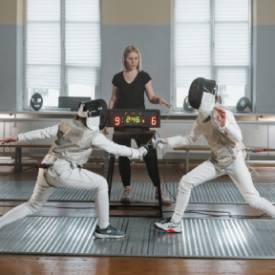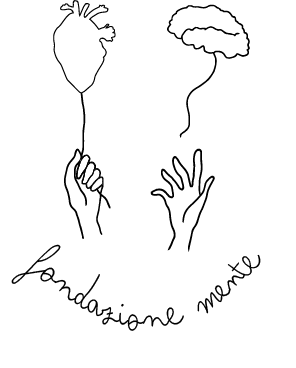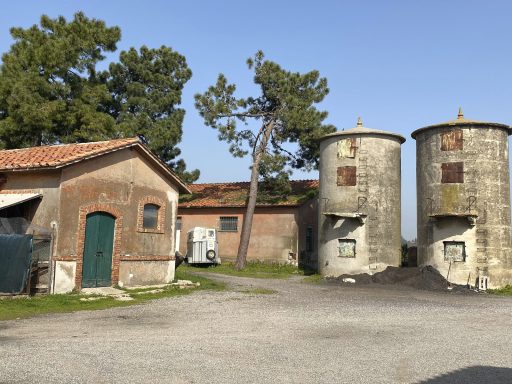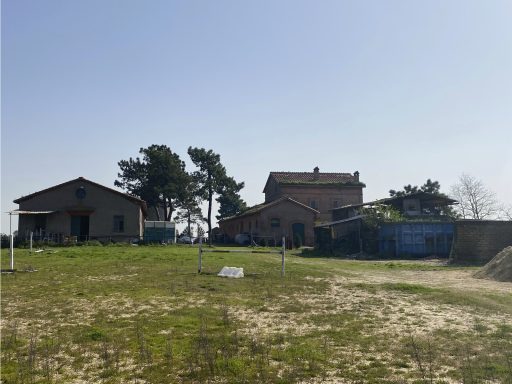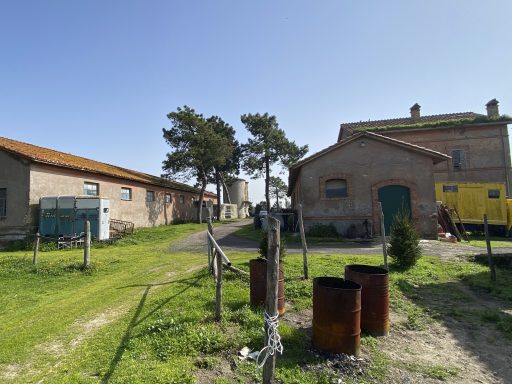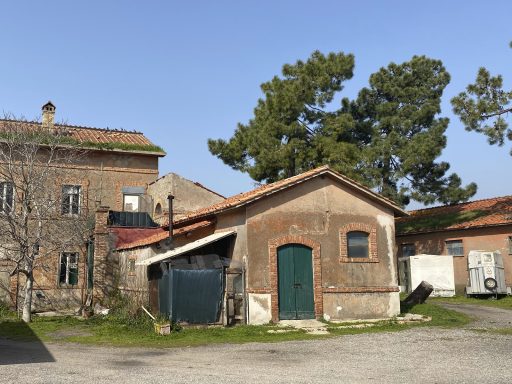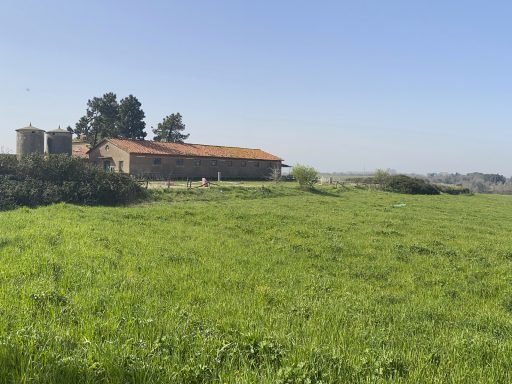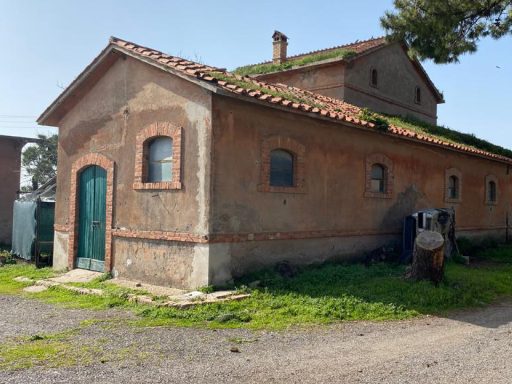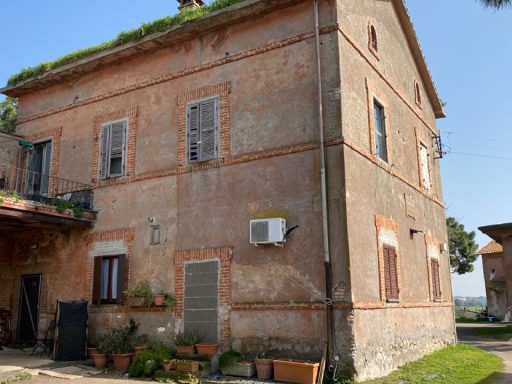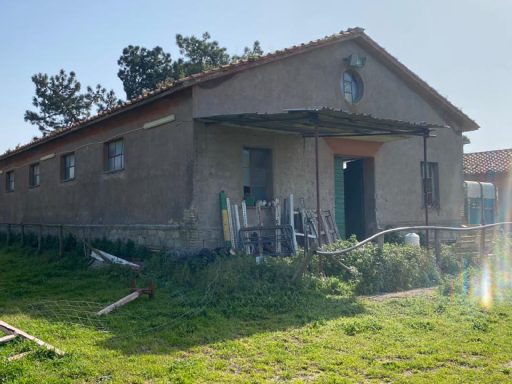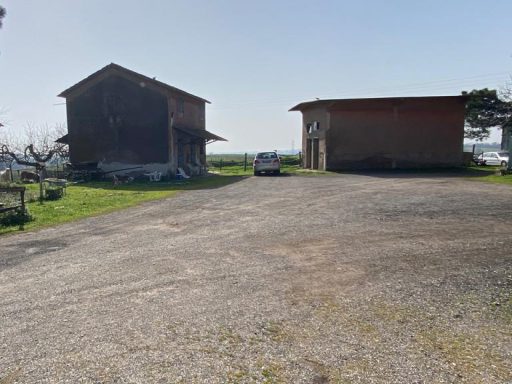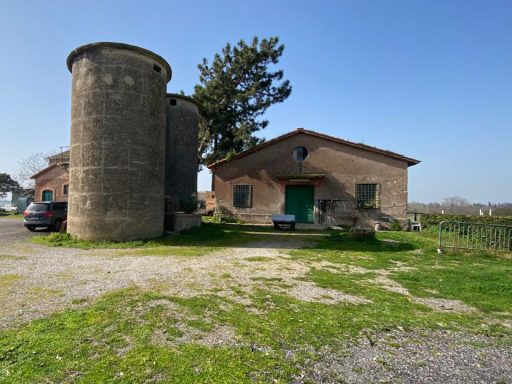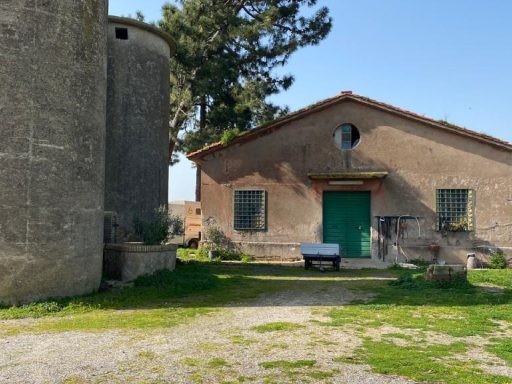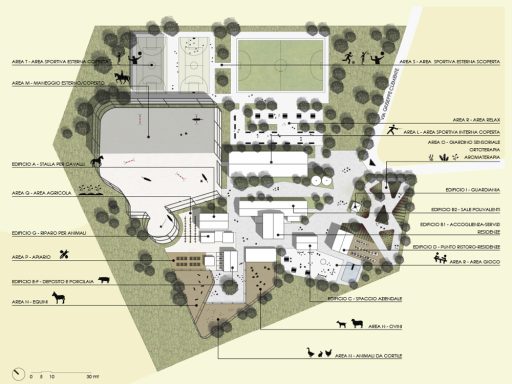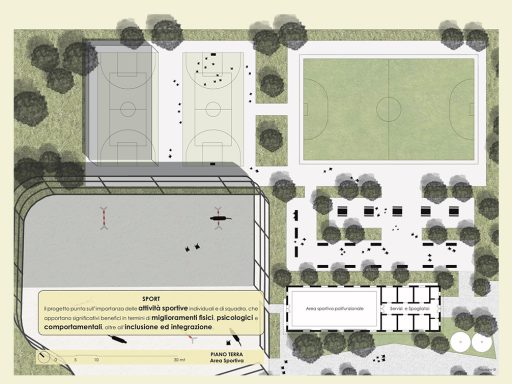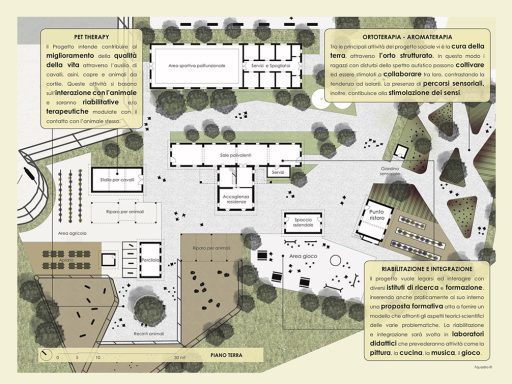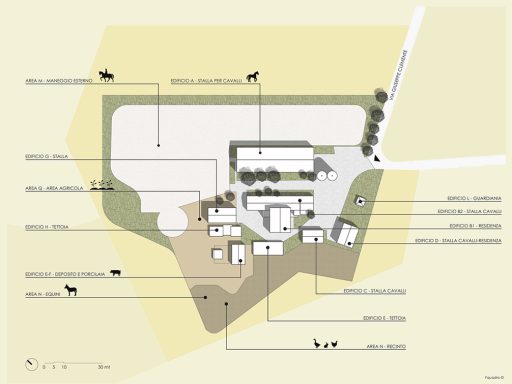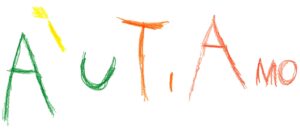
The project a(i)utiamo envisages a new diversified model of therapy structure, focused on autism and / or cognitive, behavioral, language, emotional, etc. disorders, in order to improve the quality of life of users and their families through assisted activities, therapies and education including animals, farm programs and sensory activities.
LOCATION AND LANDSCAPE
The intervention area is located in the municipality of Rome, north east of the municipal territory of the city, more precisely in "La Castelluccia". The area, of about 3 hectares of land, is inserted in a precious rural landscape, typical of the Roman countryside, with hills emerging from the surrounding plains. These are areas characterized by agricultural production, of great extension, depth and homogeneity, and which have a significant landscape value for the excellence of their perceptive, scenic and panoramic structure. The soils in the area are of volcanic origin, and are also mainly characterized by large cereal fields- forage-type crops, and also by the presence of important farms (cattle and sheep). This area is moreover one of the largest green areas within the inhabited territory of the municipality of Rome, and this characteristic has a positive impact in terms of the maintenance of the permeable surface of the soils, and of the protection of the traditional rural biodiversity. The project envisages a complete and total renovation of all buildings and external areas, with the use of construction technologies and natural materials compatible with the rural-landscape context in which the rural village is inserted.
THE PROJECT
The aim of the project a(i)utiamo is to improve the quality of life of the new center’s users thanks to their relationship with nature, in search of real autonomy, but also to develop research and training activities for the new project, which can be summarized in the following activities::
- pet therapy
The center involves all users and their families in a series of activities, therapies and animal assisted teaching (horses, donkeys, goats, farm animals, etc.). These activities are based on the interaction with animals, as well as through play activities and the development of a relationship with them.
treatment
contact
sensitivity
communication
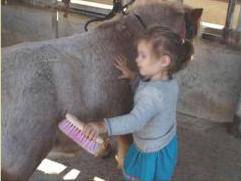
treatment
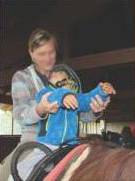
contact
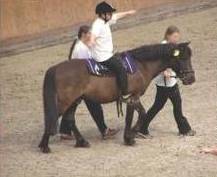
sensitivity
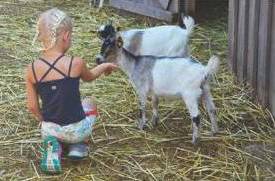
communication
- horticultural therapy - aromatherapy
The main activities of the social project are taking care of earth that can become a resource even for the future while working independently. According to user’s disorders (e.g. autistic spectrum, cognitive, etc.), different approaches to work will be used (e.g. vegetable garden for children with autism spectrum disorders) offering farming activities, sensory paths, cooking classes (e.g. production of preserves, desserts, creams, etc.), working especially on the concept of collaboration, in order to contrast the trend to isolation.
care of earth
structured garden
community
sensory stimulation
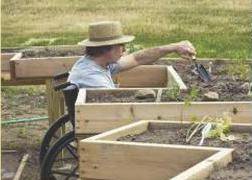
care of earth
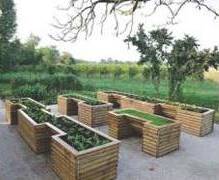
structured garden
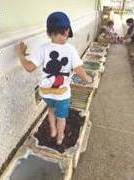
community
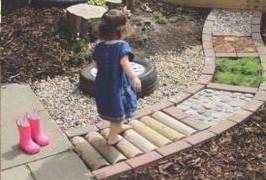
sensory stimulation
- rehabilitation and integration
The project intends to reach out to the problems of various developmental delays and disorders (cognitive, emotional, autistic spectrum, language, learning, anxiety, etc.) with an innovative approach, with therapeutic paths and introducing social rehabilitation, promoting a new model that enhances agricultural and environmental resources, trying to accept and intervene on the problems that a “different” person faces during development and over the span of life.
aggregation
mentality
fun
creativity
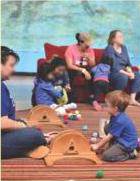
aggregation
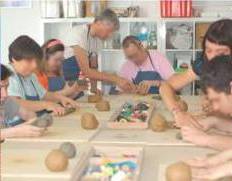
mentality
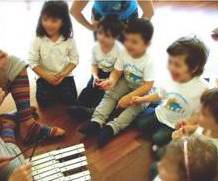
fun
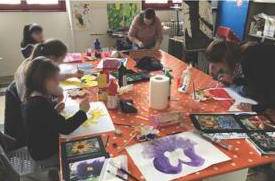
creativity
- research and training
The project wants to connect and interact with different research and training institutes, also practically inserting within it training proposals suitable to provide a model that addresses the theoretical-scientific aspects of the various problems to agricultural best practices in which the center's activities will be inserted. In this way we can create an important sharing experience between scholars, researchers and the various sector operators. The following study and design phases will allow to deepen the architectural, agronomic, and also therapeutic-management aspects of the project.



